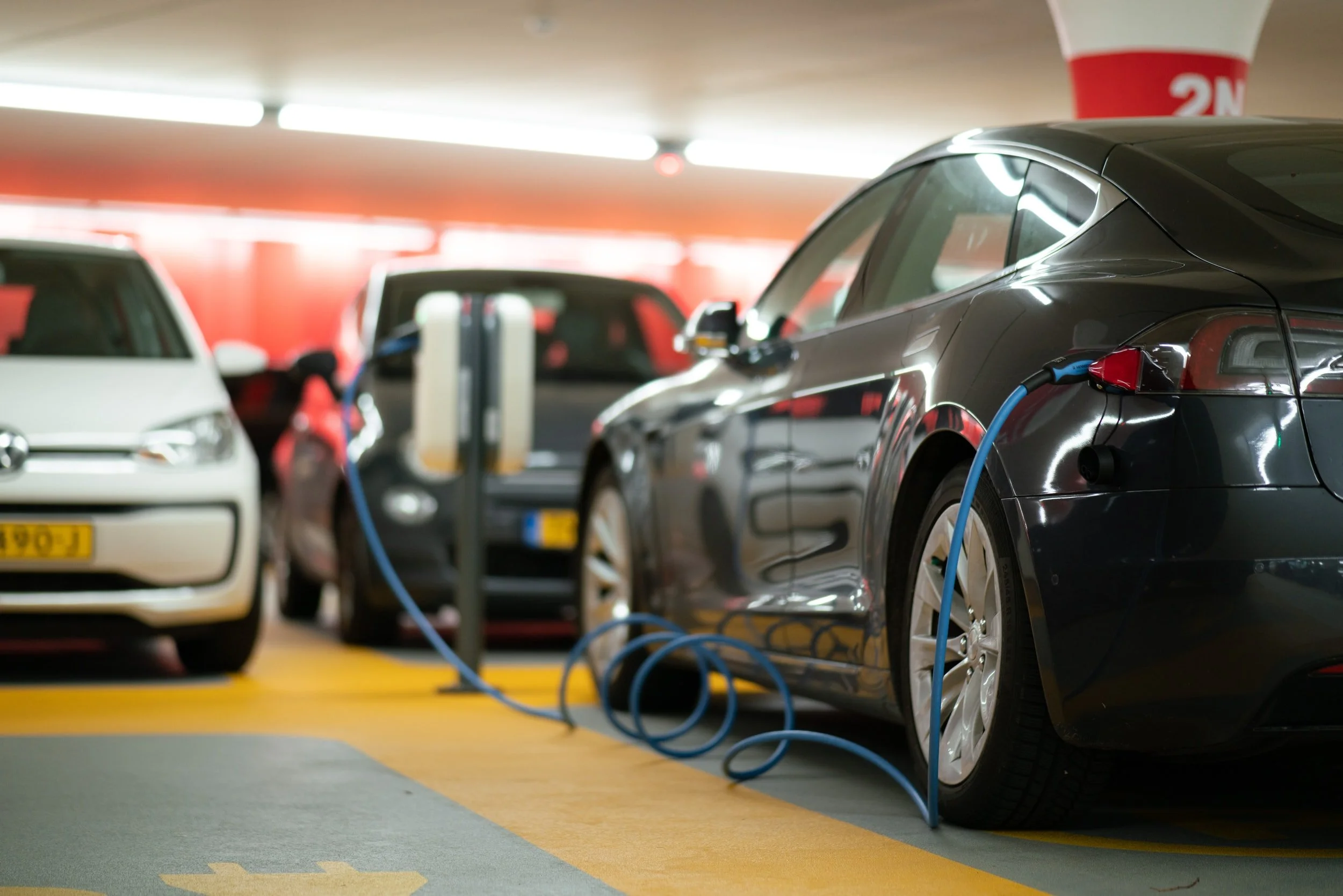Eventually, every large building will need to take part in the initiative, but right now, it’s completely voluntary. Businesses put their energy use information into a free online tool. It helps them track energy usage and find ways to cut back. Most of Indy’s electricity still comes from coal, so any cuts in energy use will lead to lower emissions.
Read MoreThe state must submit its implementation plan to the federal government by August 1, anticipating review and approval by September 30. Public comment on the unreleased draft plan will open on July 20 at in.gov/indot.
Read MoreExtreme weather is causing increasing challenges for the power grid across the United States, and a report found experts are concerned it could result in coordinated power outages in several regions in the Midwest, including Indiana. But AES Indiana says it has a plan in place to avoid an energy shortfall.
Read MoreAccording to the United States Environmental Protection Agency, too much ground-level ozone can harm people and animals by irritating their respiratory systems, causing coughing, throat irritation and discomfort in the chest, aggravating asthma and other chronic lung diseases, reducing the immune system’s ability to fight off bacterial infections in the respiratory system, inflaming and damaging lungs, and causing permanent lung damage.
Read MoreIndianapolis officials announced a wave of pedestrian-focused intersection improvements in the southern part of the city this summer, continuing to chip away at its overwhelming lack of infrastructure that exists for non-car users.
Read MoreFresh Veggie Summer targets food desert areas with limited healthy food access in Marion County. Free fruit and veggies are available at two pools, Frederick Douglass in Martindale-Brightwood and Willard Park on the Near East side.
Read MoreIndiana already trails its Midwest neighbors in the adoption of electric vehicles and charging infrastructure, and lingers in the middle of the pack across the country. But now, market forces — including hundreds of millions in federal dollars and rapidly approaching deadlines — are coming to bear all at once, driving an accelerated push toward transformation.
Read More“Most of the pollutants that lead to ozone pollution come from motor vehicles compared to factories or power plants. Specifically, with respect to ozone, that’s where the effort still needs to be focused. Having cleaner motor vehicles and giving people effective options to driving,” said Maloney.
Read MoreSolar power is about to become much more expensive for Hoosiers as a state policy meant to help boost the renewable energy in the state expires on July 1. Once that deadline passes, Indiana utility customers will no longer be allowed to participate in what is called net metering when they install solar panels on their roofs.
Read MoreKnozone Action Days are issued when ozone or fine particulate matter levels rise above certain thresholds. On those days, the air quality may become unhealthy for sensitive individuals, especially active children, the elderly, and anyone with asthma, lung disease, COVID-19, or other serious health problems.
Read MoreThe City of Indianapolis Office of Sustainability today provided AES Indiana with a letter including comments on their Integrated Resource Plan (IRP). This plan, which is submitted to the Indiana Utilities Regulatory Commission every three years, represents a critical opportunity for AES Indiana and the City to further coordinate to ensure Indianapolis and its residents have equitable access to clean, affordable, and reliable energy.
Survey results from more than 1,200 residents last year found strong support was given to EV charging stations and placemaking options. Placemaking could involve space for pop-up businesses, arts and culture or resource opportunities. The City wants to encourage mobility options including e-scooter stations or space for shared transit options.
Read MoreKnozone Action Days occur when ozone levels rise above certain thresholds, making the air quality unhealthy for sensitive individuals, such as active children, elderly people and those suffering from any lung-related disease or health issue. These individuals are encouraged to stay inside.
Read MoreOn an average day, medics will respond to 0 to 3 heat-related calls, but this week medics are responding to around 4x that amount.
Breakdown on the number of calls this week:
Monday - 7 calls
Tuesday - 12 calls
Wednesday - 13 calls
IndyGo has unveiled a new line of buses it expects will help with air quality, especially on air quality action days. The Allison-Glen Flex electric bus was rolled out Tuesday night on Monument Circle. The goal of the bus is to reduce the amount of emissions being put in the air, Carrie Black, a spokesperson for IndyGo, said.
Read MoreThe College Football Playoff says January’s national championship game in Indianapolis was the most sustainable championship in the event’s history. Through the CFP’s Playoff Green program, the organization says teams hand-sorted and recovered more than 117 tons of materials throughout downtown Indy over a two-week period.
Read MoreThe Indiana Department of Environmental Management warned this record heat will likely cause high ozone levels, which means poor air quality. This will be especially dangerous to vulnerable people like those with asthma, young children, older adults and anyone with COVID-19, lung disease or other serious health problems.
Read MoreAmid potentially record-breaking heat, Hogsett told residents to stay cool, stay inside if possible, check on neighbors and pets, and to look before they lock, which refers to drivers ensuring there are no children or pets in the car before they leave the vehicle.
Read MoreSince 2012, several high-profile thoroughfares have gotten the Complete Streets treatment: Sunset Avenue near Butler University, Dr. M.L.K. Jr. Street, streets where bus rapid transit lines have been built, and now Broad Ripple Avenue and West Morris Street.
Read MoreWhat do the cities of Indianapolis and Accra, the capital of Ghana, have in common? At first glance, not much. Yet even with disparate geographies — from the Gulf of Guinea to the American corn belt — Accra and Indianapolis are among the world’s leaders in addressing the public health challenges associated with climate change, according to the World Health Organization.
Read More



















